Gadkari Admits Defeat: Says Accidents Won't Stop Until Human Behavior Changes
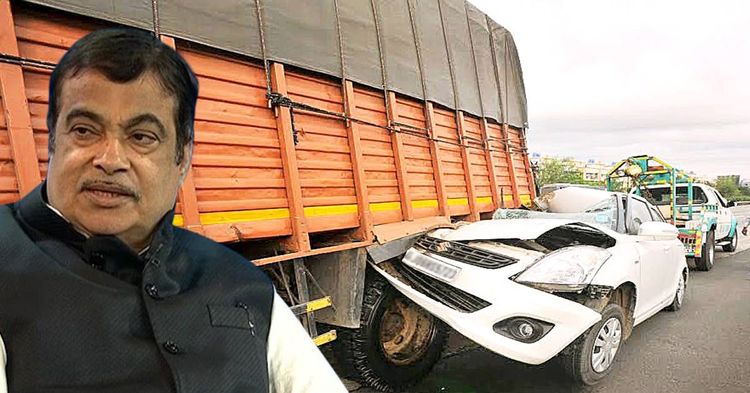

Transport Minister Nitin Gadkari made a stark admission at the Business Standard Infrastructure Summit on Thursday, acknowledging that despite years of safety initiatives, road accidents continue claiming lives because changing human behaviour remains the most formidable challenge. His candid assessment came as the country grapples with over 500,000 annual road accidents resulting in 180,000 deaths, with 66% of fatalities occurring among people aged 18 to 36.
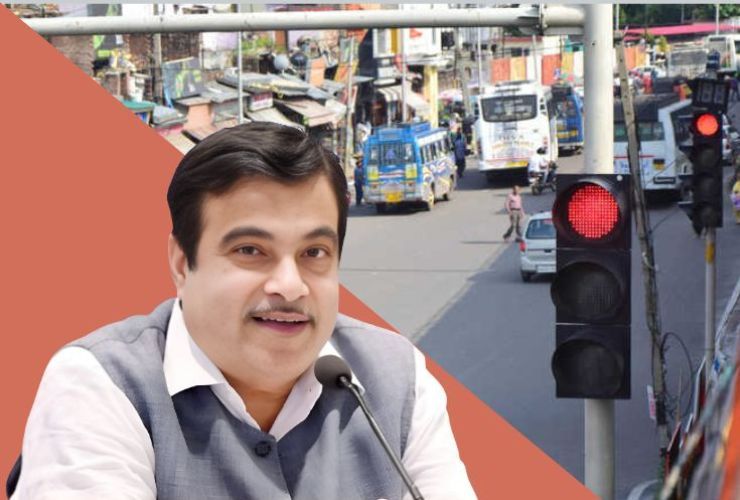
The minister's confession represents a significant departure from typical governmental optimism, as he stated: "After all these efforts and reports, we are trying hard, but still, we are not in a position to reduce the number of accidents and deaths". This acknowledgement follows mounting evidence that infrastructure improvements and stricter regulations have failed to substantially reduce the death toll on roads.
Statistics paint a grim picture of the challenge facing policymakers. In 2025's first six months alone, national highways recorded 29,018 fatalities, whilst the overall figure reached 26,770 people dead in road accidents according to parliamentary data. These numbers suggest the country is on track to match or exceed previous years' casualties despite ongoing safety measures.
Gadkari identified specific behavioural patterns that continue undermining safety efforts, noting that "of the 30,000 accidents, the main reason is that people are not wearing helmets". To address this particular issue, the ministry has mandated that two-wheelers must be sold with two IS-certified helmets, though compliance remains problematic.
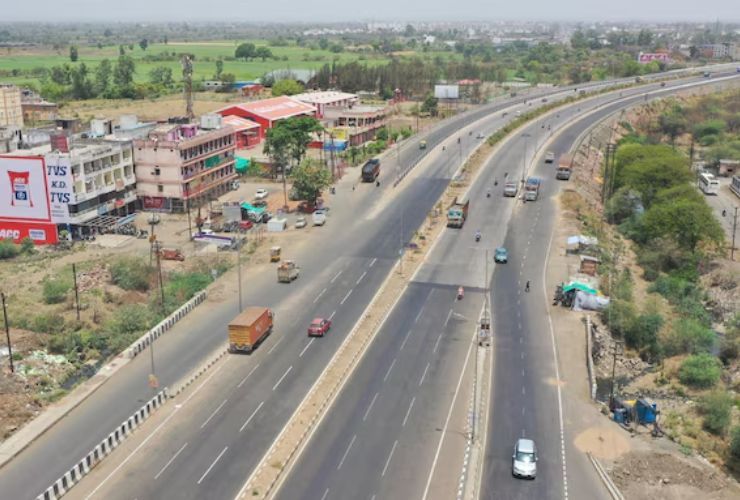
The minister expressed frustration with other persistent violations, including poor lane discipline and casual disregard for basic traffic rules. His observation that "people are athletic - they jump over two-foot barriers" illustrated the challenge of enforcing safety measures when citizens actively circumvent protective infrastructure.
Road safety data reveals the scale of behavioural factors contributing to accidents. In 2022, over-speeding alone accounted for 119,904 fatalities, representing the majority of traffic rule violation deaths. Drunken driving resulted in 4,201 deaths, whilst driving on the wrong side contributed to 9,094 fatalities. Mobile phone use whilst driving caused 3,395 deaths.
Recent analysis shows that human error accounts for 80% of road accidents, highlighting inadequate awareness about traffic rules and poor compliance. The SaveLIFE Foundation study underscores how behavioural issues rather than infrastructure deficiencies drive most casualties.
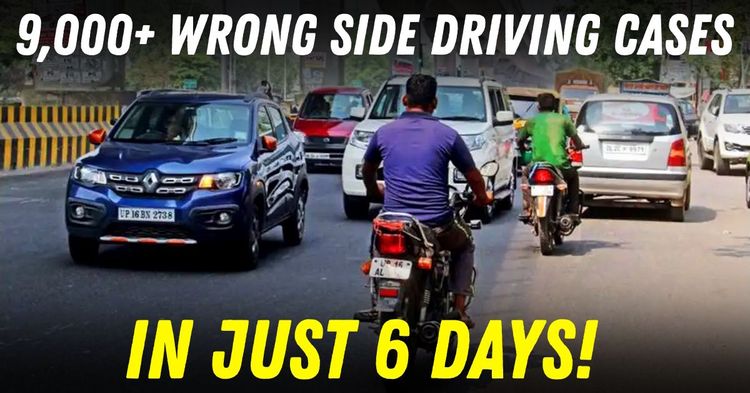
The challenge extends beyond individual actions to encompass broader social factors. Many drivers work multiple jobs to supplement income, leading to sleep deprivation and fatigue-related accidents. Commercial operators often set unrealistic delivery targets, pressuring drivers to prioritise speed over safety. These socio-economic pressures create systemic conditions that encourage dangerous driving practices.
Gadkari's ministry has implemented various educational initiatives attempting to change attitudes. Awareness campaigns now operate in 22 regional languages, featuring prominent personalities such as Amitabh Bachchan and Shankar Mahadevan. The government is introducing road safety lessons into school curricula and preparing special programmes for students.
However, enforcement challenges compound the behavioural problems. Traffic police departments frequently face understaffing and resource constraints that limit effective law enforcement. Corruption and inadequate infrastructure further hamper efforts to maintain consistent traffic rule compliance.
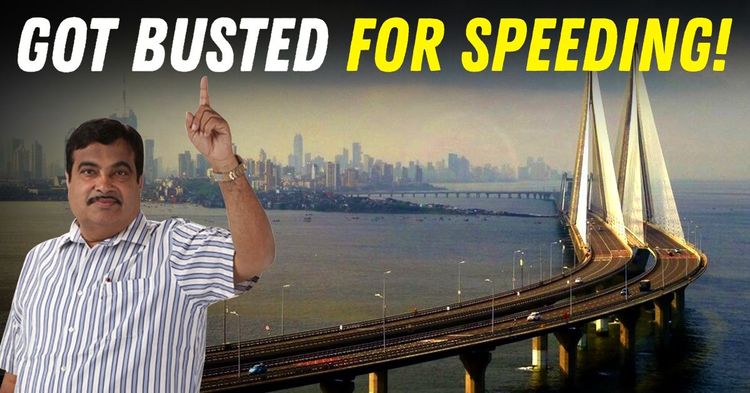
The economic impact of road accidents reaches approximately 3% of the country's GDP, representing massive financial losses beyond the human toll. This figure encompasses medical costs, property damage, lost productivity, and other accident-related expenses.
Recent incidents have highlighted how behavioural factors override safety infrastructure. High-profile crashes often occur on well-maintained highways with proper signage and lighting, typically during late-night or early-morning hours when fatigue and risk-taking behaviours peak. Over-speeding, underage driving, and signal violations feature prominently in these cases.
Vulnerable road users bear disproportionate consequences of others' behavioural choices. Pedestrians accounted for 35,000 deaths in 2023, whilst two-wheeler riders suffered significantly. Around 54,000 fatalities occurred because motorcycle riders failed to wear helmets, whilst 16,000 deaths resulted from non-use of seat belts.

The minister emphasised that technological solutions alone cannot address behavioural issues. Despite installing Advanced Traffic Management Systems (ATMS) on high-density corridors and implementing AI-based Video Incident Detection and Enforcement Systems (VIDES), accident numbers remain stubbornly high.
Infrastructure improvements have included rectifying 8,542 accident-prone black spots through short-term measures and addressing 3,144 locations through long-term solutions. Road engineering upgrades encompass improved geometrics, junction improvements, carriageway widening, and construction of underpasses or overpasses.
Vehicle safety standards have also been enhanced, with automobile safety norms now matching international benchmarks. Cars undergo testing from manufacturers worldwide, whilst mandatory features include six airbags and advanced safety systems. Yet these improvements have not translated into proportional accident reductions.
The government's multi-pronged approach follows the "4 E" framework: Education, Engineering, Enforcement, and Emergency Care. Educational initiatives target behavioural change through awareness campaigns and curriculum integration. Engineering focuses on both road and vehicle improvements. Enforcement involves stricter penalties and better monitoring systems. Emergency Care includes initiatives like the ₹25,000 reward for accident victim rescue and cashless golden hour treatment schemes.
Gadkari's admission reflects broader global challenges in road safety, where technological and regulatory advances often fail to overcome human factors. Countries with superior infrastructure and enforcement still struggle with behavioural issues, though typically at lower fatality rates.
The minister's call for media cooperation underscores recognition that behavioural change requires societal effort beyond government initiatives. He stated: "Education is the only way we can change human behaviour. This remains a big problem. For that, we need cooperation from people like you who are in the media".
Emergency response improvements include the ₹25,000 reward scheme for people who transport accident victims to hospitals, alongside coverage of up to ₹1,50,000 for treatment expenses or seven days of care, whichever is less. These measures aim to reduce fatalities through faster medical intervention rather than preventing accidents.
The reality revealed by Gadkari's comments suggests that despite substantial investment in road infrastructure, vehicle technology, and safety campaigns, human behaviour remains the most intractable element in road safety equations. The minister's honest assessment acknowledges that changing deeply ingrained attitudes and practices requires longer-term social transformation beyond the scope of transport policy alone.